10 Amazing Scientific Facts You Never Knew About Rainbows
Rainbows have fascinated humanity for millennia, with their ethereal beauty and vibrant colors painting the sky after a storm. This natural phenomenon, often seen as a symbol of hope and wonder, is more than just a visual delight; it is a complex interplay of light and water droplets that reveals the hidden spectrum of light. Our journey into the world of rainbows will unravel the scientific intricacies that make this spectacle possible. From the physics of light refraction to the cultural myths surrounding rainbows, this article will illuminate 10 mind-bending scientific facts about rainbows that many might not know. As we delve into these topics, we'll uncover how rainbows not only captivate our senses but also challenge our understanding of the natural world.
1. The Physics of Light and Color
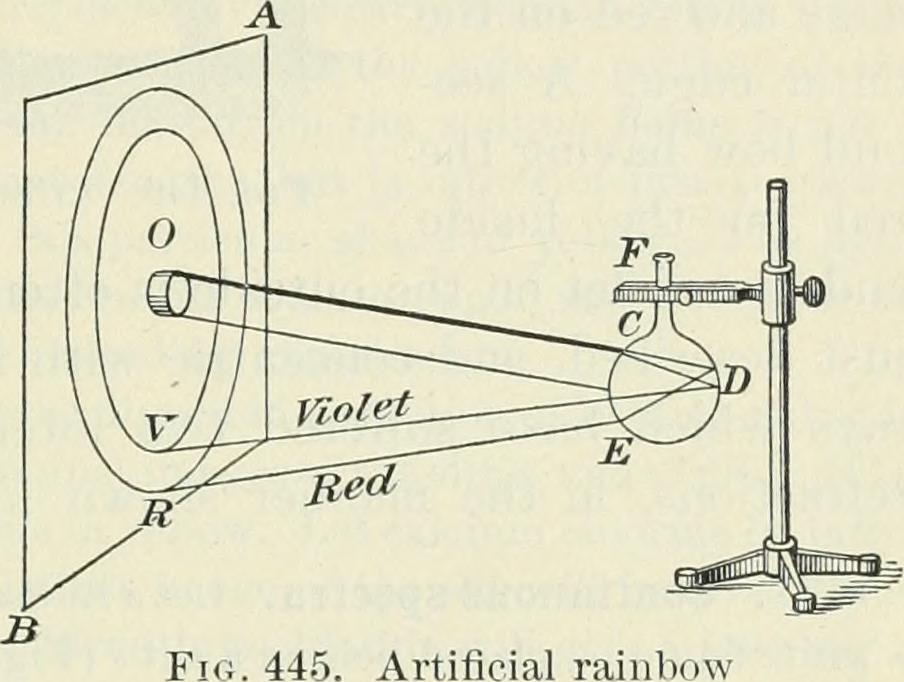
At the heart of every rainbow lies the fundamental physics of light. When sunlight enters a raindrop, it slows down and bends—a process known as refraction. This bending causes the light to spread out into its constituent colors, creating a spectrum. As the light exits the raindrop, it reflects internally and refracts once more, resulting in the circular arc we see as a rainbow. Each color emerges at a different angle due to varying wavelengths, with red appearing on the outer edge and violet on the inner edge. This dispersion is a testament to the wave nature of light, a concept first explored by Isaac Newton in the 17th century. Understanding this process not only explains the formation of rainbows but also underscores the intricate relationship between light and color.
2. The Geometry of a Rainbow
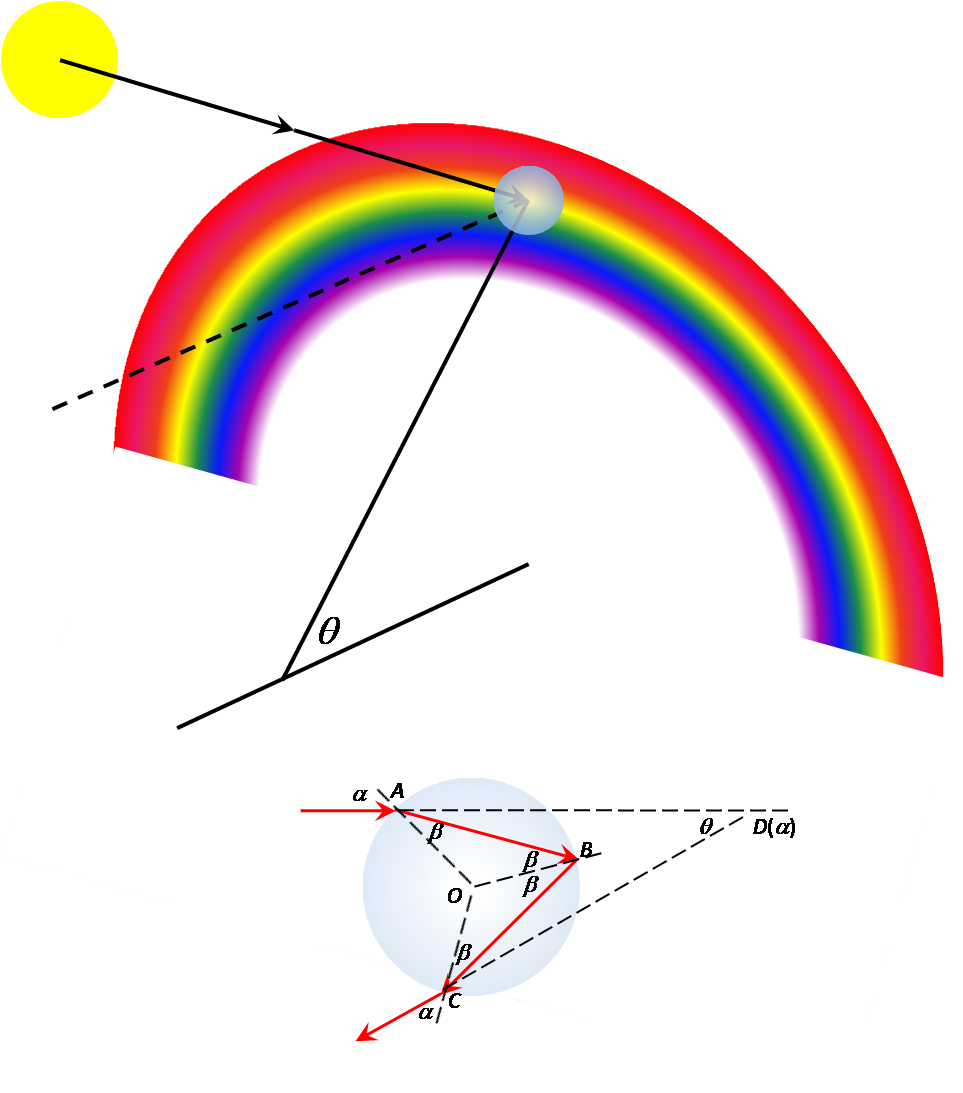
Rainbows are not just arcs but full circles. However, the ground typically obstructs the lower half, making only an arc visible. The circle is centered on the antisolar point, directly opposite the sun. The angle of light refraction within the raindrop determines the radius of the circle, typically around 42 degrees for the primary rainbow. This geometric precision is a marvel of nature, showcasing the harmony between light and water. In rare instances, such as when viewed from an airplane, the entire circular rainbow can be seen, offering a complete perspective on this natural wonder. The geometry of rainbows provides insight into the spatial dynamics of light and offers a glimpse into the mathematical beauty underlying natural phenomena.
3. Double Rainbows and Their Significance

Occasionally, a second, fainter rainbow appears outside the primary arc, known as a double rainbow. This phenomenon occurs when sunlight is reflected twice inside a raindrop, creating a secondary arc with colors reversed. The space between the two rainbows, known as Alexander's band, appears darker due to the lack of overlapping light rays. Double rainbows not only add to the visual splendor but also highlight the complexity of light interactions within water droplets. They serve as a reminder of the multifaceted nature of light and the endless possibilities of its interaction with the environment. This duality in rainbows symbolizes the balance between simplicity and complexity in nature.
4. Supernumerary Rainbows: The Hidden Bands

Beyond the primary and secondary rainbows, supernumerary rainbows can occasionally be observed. These are faint, pastel-colored bands that appear inside the primary arc. Supernumerary rainbows are a result of wave interference, where light waves overlap and create additional bands of color. The presence of these bands indicates the uniformity of raindrop sizes in a storm. This phenomenon challenges the classical understanding of rainbows, introducing quantum mechanics into the equation. The study of supernumerary rainbows provides insight into the wave-particle duality of light and the subtle nuances of its interaction with matter. These hidden bands are a testament to the complexity and beauty of natural phenomena.
5. The Role of Raindrop Shapes
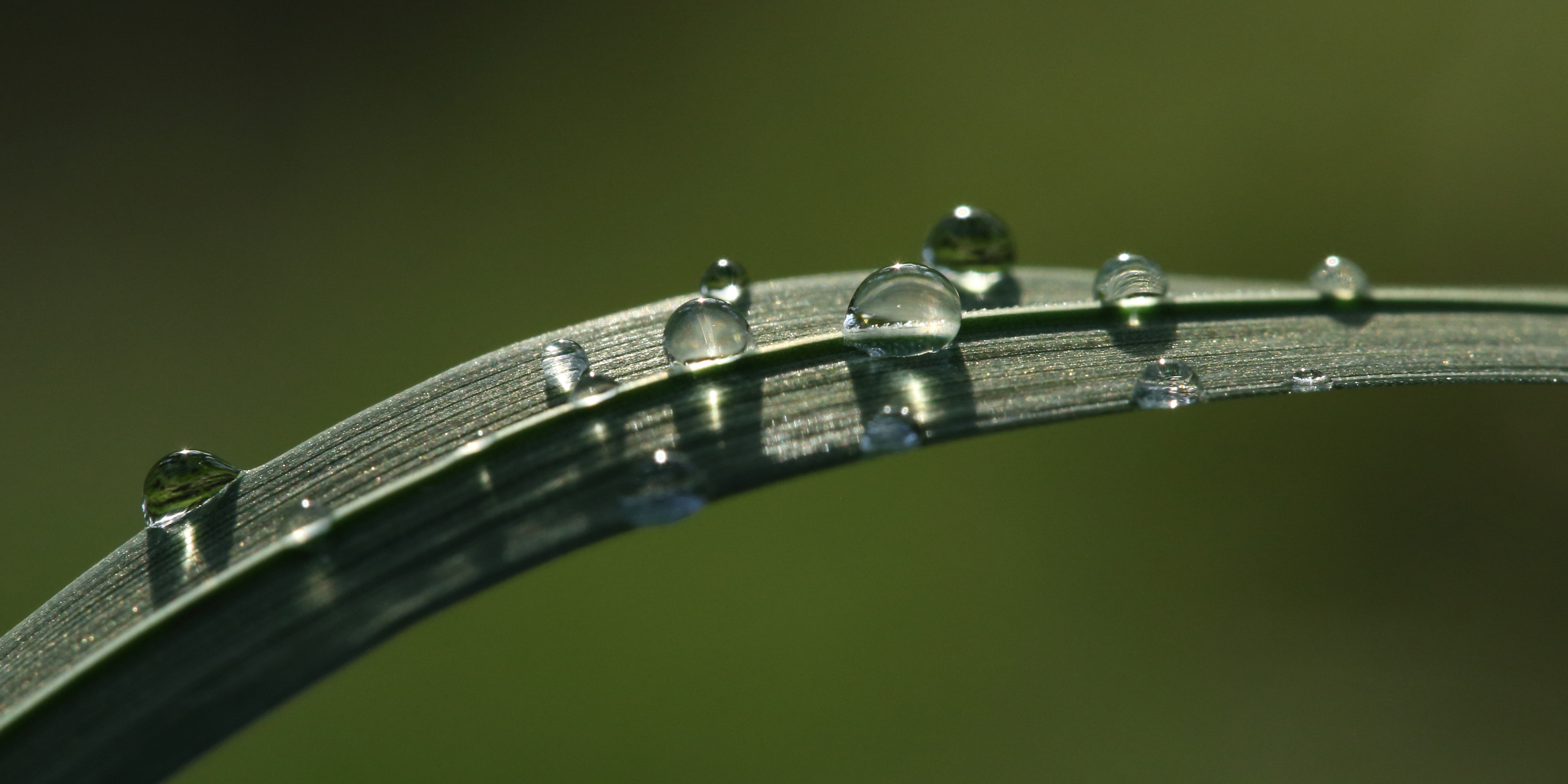
The shape of raindrops plays a crucial role in the formation and appearance of rainbows. Contrary to popular belief, raindrops are not tear-shaped but rather spherical when small and become more flattened as they grow larger. The spherical shape is essential for the symmetrical refraction and reflection of light, leading to the formation of a rainbow. The variability in raindrop shapes can influence the brightness and clarity of the rainbow. Understanding the dynamics of raindrop shapes enhances our comprehension of meteorological processes and their impact on optical phenomena. This knowledge bridges the gap between atmospheric science and the visual arts, illustrating the interconnectedness of different scientific disciplines.
6. The Cultural Significance of Rainbows
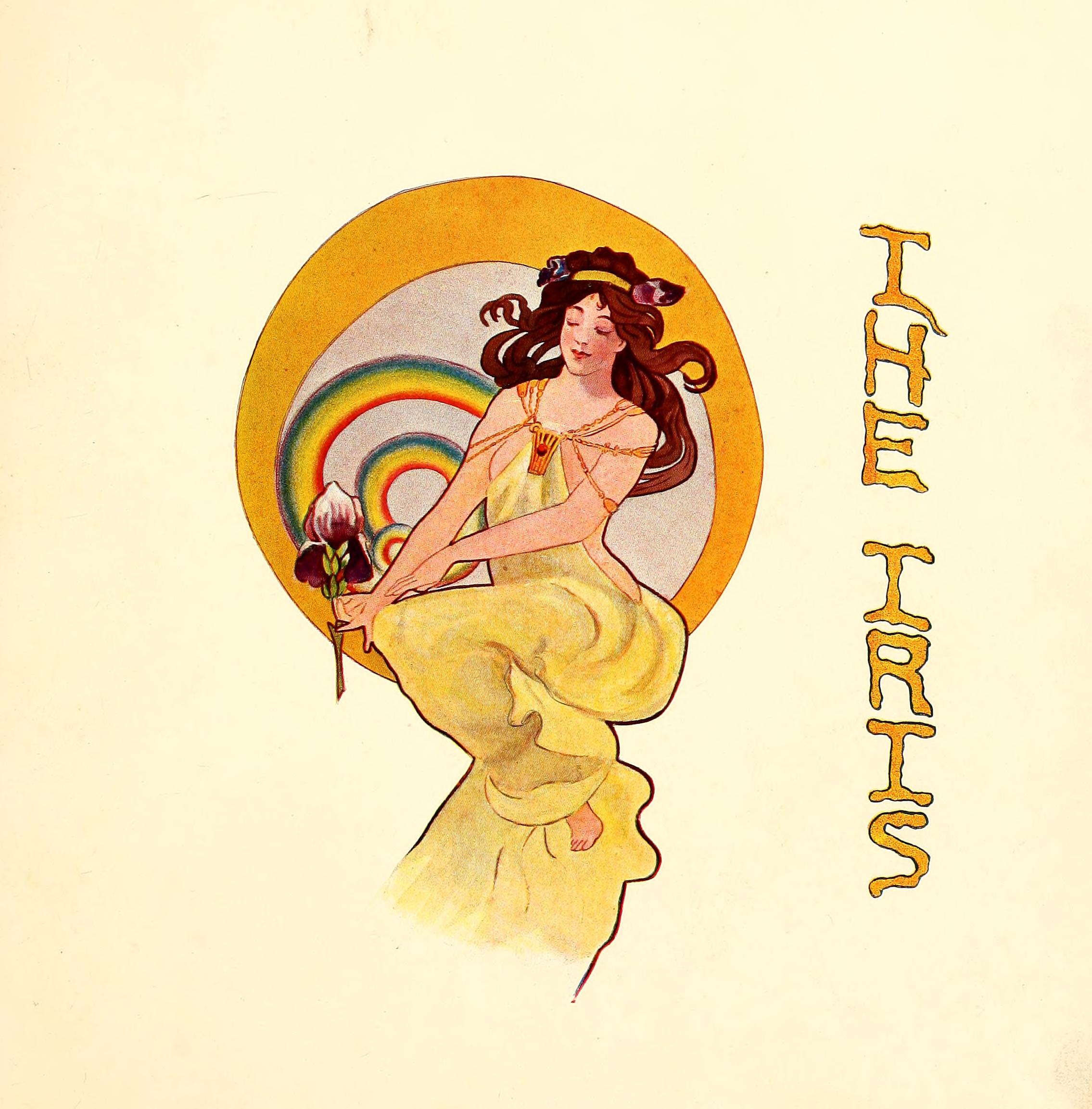
Rainbows have held a place of significance in various cultures throughout history. In Greek mythology, the rainbow was seen as a path between Earth and the gods. In Judeo-Christian traditions, it symbolizes a divine promise. Indigenous cultures often view rainbows as spiritual symbols, representing a bridge to the afterlife or a sign of transformation. These cultural interpretations reflect humanity's deep connection to rainbows and their role in shaping our understanding of the world. The intersection of science and culture in the study of rainbows highlights the multifaceted nature of human perception and the diverse ways in which we interpret natural phenomena.
7. Rainbows in Literature and Art
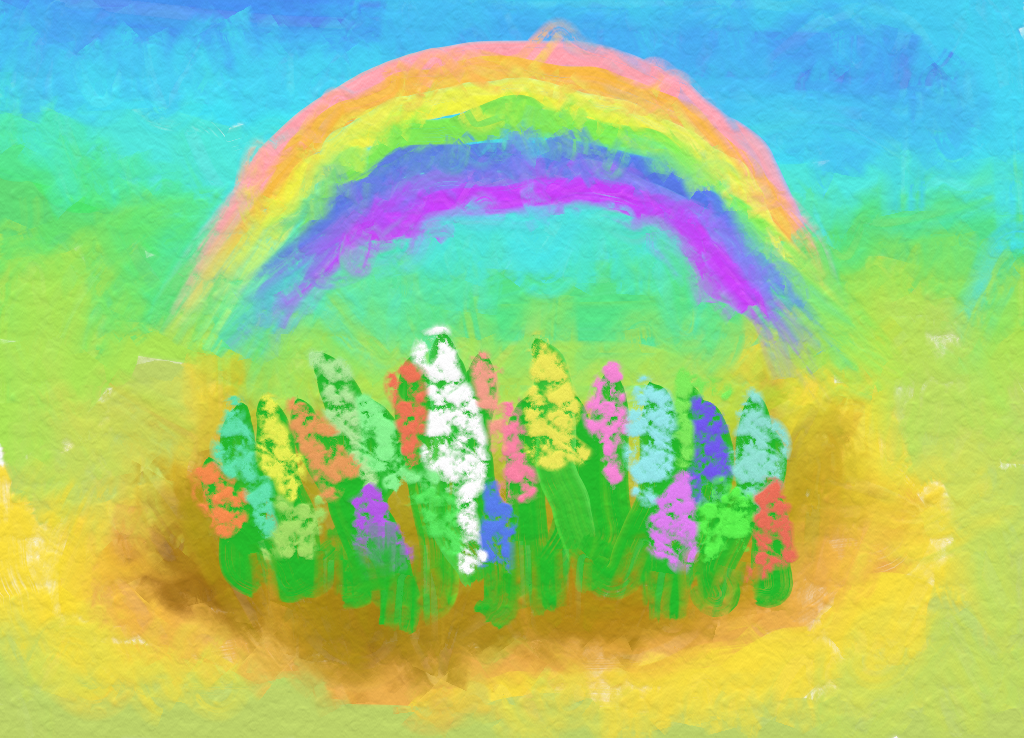
The allure of rainbows extends beyond science into the realms of literature and art. Poets and authors have long used rainbows as metaphors for hope, beauty, and the ephemeral nature of life. Artists have sought to capture their vibrant colors and ethereal quality on canvas, often using rainbows to convey emotion and depth. The depiction of rainbows in art and literature underscores their symbolic power and universal appeal. This intersection of science and the humanities enriches our appreciation of rainbows, revealing the profound impact they have on human creativity and expression. Through art and literature, rainbows continue to inspire and captivate audiences worldwide.
8. Rainbows on Other Planets
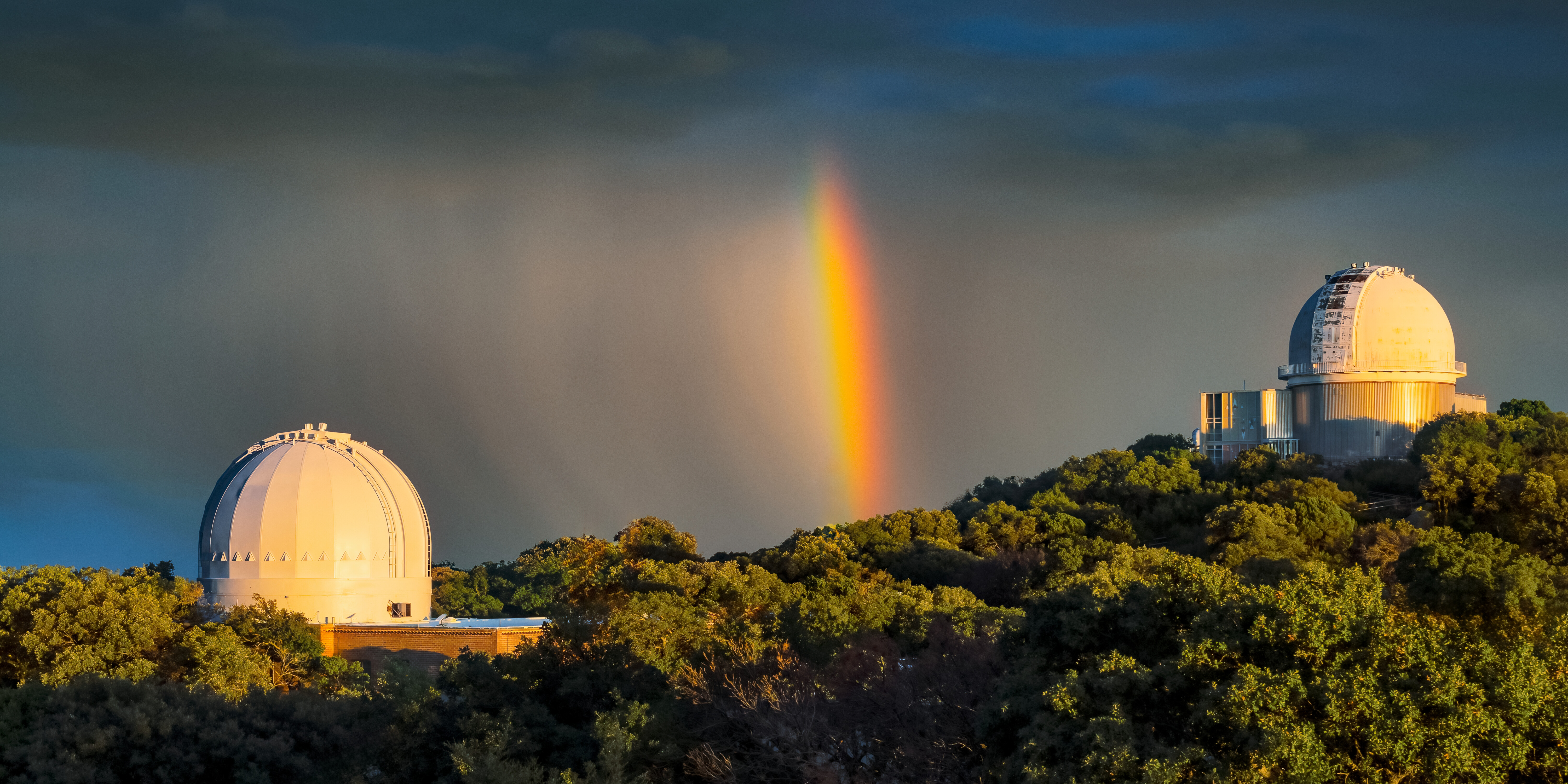
Rainbows are not exclusive to Earth; they can potentially occur on other planets with atmospheres and liquid droplets. For instance, methane rain on Titan, Saturn's largest moon, could produce methane rainbows, albeit with different color spectrums due to methane's unique refractive properties. The study of extraterrestrial rainbows offers insight into the atmospheric conditions of other planets and moons, expanding our understanding of the universe. This exploration of rainbows beyond Earth illustrates the universality of natural laws and the potential for discovering new and intriguing phenomena in the cosmos. It challenges us to imagine the diversity of natural spectacles in the vast expanse of space.
9. The Science of Rainbow Colors

The colors of a rainbow are not fixed but rather a continuous spectrum of hues. The traditional seven colors—red, orange, yellow, green, blue, indigo, and violet—are a simplification of this spectrum. In reality, rainbows contain an infinite gradation of colors, each blending seamlessly into the next. The perception of these colors is influenced by factors such as lighting conditions and the observer's angle of view. The study of rainbow colors delves into the science of optics and human perception, revealing the subjective nature of color and its impact on our experience of the world. This exploration of color science enhances our appreciation of the complexity and beauty of rainbows.
10. The Impact of Environmental Conditions

Environmental conditions play a significant role in the visibility and appearance of rainbows. Factors such as the size and distribution of raindrops, the angle of the sun, and atmospheric clarity all influence the formation and vibrancy of rainbows. Pollution and atmospheric particles can alter the colors and intensity of rainbows, highlighting the impact of human activity on natural phenomena. Understanding these environmental influences provides insight into the delicate balance of nature and the interconnectedness of ecological systems. This knowledge emphasizes the importance of preserving our environment to maintain the beauty and integrity of natural wonders like rainbows.
As we conclude our exploration of rainbows, we are reminded of the enduring mystery and beauty of this natural phenomenon. Rainbows are a testament to the complexity of the natural world, bridging the gap between science, art, and culture. They challenge our understanding of light and color, inspire creativity, and evoke a sense of wonder and awe. By delving into the science and significance of rainbows, we gain a deeper appreciation for the intricate interplay of natural forces that create this dazzling spectacle. Rainbows continue to captivate our imaginations, reminding us of the beauty and mystery that surround us every day. Through the lens of science and culture, we can continue to explore and celebrate the dazzling world of rainbows.







